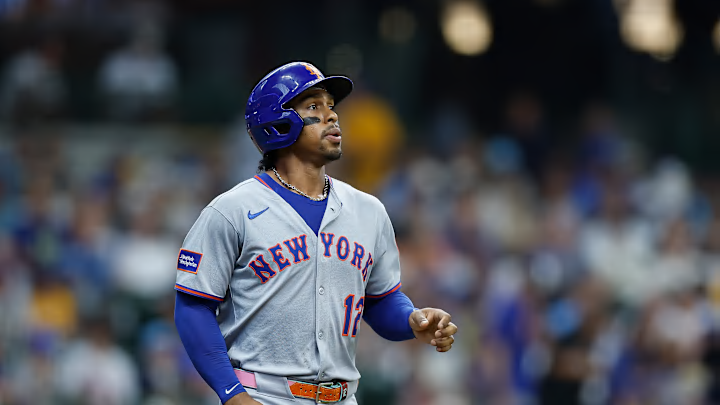The MLB trade deadline can feel like a giant box of duct tape; you patch what you can and hope the whole thing holds until October. For the New York Mets, that tape has already started peeling. Their play since the deadline has flirted with a collapse, a stretch that’s made it clear this was never a one-deal-away team.
Even before August rolled in, the Mets were leaning on starters who couldn’t finish the job and a lineup that needed its top four hitters to carry it. David Stearns could’ve gone shopping for help in the infield, center field, and DH spot, but the market was thin, and the prices were padded for desperation. What we’ve seen since the deadline is proof that this roster’s holes weren’t just a matter of one or two quick fixes; they were structural.
The Mets’ results since the deadline make it clear this roster needed far more than a quick trade or two.
Since the trade deadline, the Amazins have gone 1-8, a brutal stretch that leaves no doubt about what this roster needs. I could stand on my soapbox and shout to every blue-and-orange faithful what ails this team, but let’s be real — you already know. Hitting with runners in scoring position, yada yada yada. Starters not going deep into games, blah blah blah. That’s old news. What this record shows is a team still riddled with glaring holes, too many to be fixed in a single deadline spree.
Stearns zeroed in on the bullpen, the most glaring weakness, and reinforced it to keep the Mets in the playoff conversation. But beyond the late-inning arms, starting pitching, second base, third base, and the DH spot remain glaring question marks.
Players available on the market, like Eugenio Suárez, Merrill Kelly, or Ryan O’Hearn (to name a few) were marginal upgrades at best, offering neither a short-term fix nor a long-term answer. The price tags on these rentals were too steep, especially when weighed against a farm system packed with prospects the Mets plan to rely on in the next few seasons. The revamped bullpen gives New York a fighting chance, but the post-deadline record tells a harsher truth: the team’s problems run deeper than one trade deadline can fix.
This roster still has enough talent to compete, especially with the everyday contributors and a strengthened bullpen. But the tough stretch since the deadline proves it won’t be quick fixes that turn the tide. Filling all these holes will take time, patience, and more moves beyond just one trade deadline.
